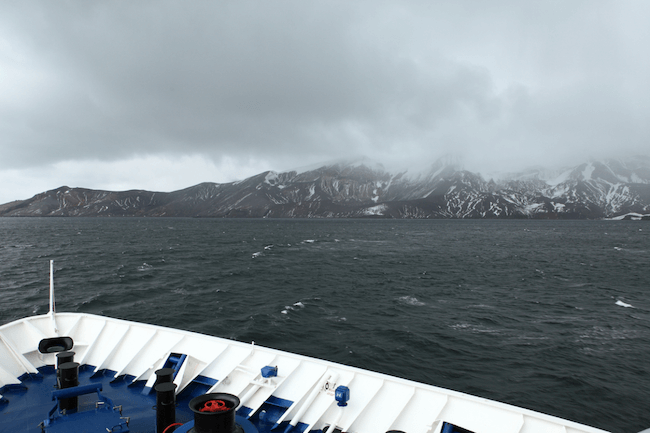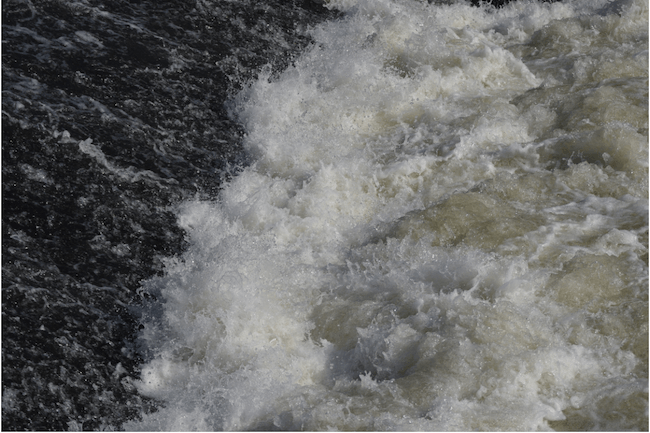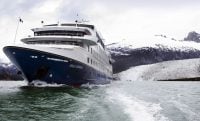At Cape Horn boats face a challenge like no other. As one of the most unpredictable shipping lanes on the planet, only the most experienced sailors dare take on the crossing. The cape’s conditions are as a result of several factors, largely to do with its extremely southerly latitude. This location creates fierce prevailing winds and huge waves that gain traction as they travel around the globe unobstructed by land. When these winds and waves are funneled into the narrow passage between South America and Antarctica, these conditions get even more terrifying. What’s more, the relatively shallow waters around the cape make these swells taller and steeper.
However, some intrepid sailors have made the crossing. The first was Dutch mariner Jacob le Maire in 1616. After rounding the headland, he named the outpost after Hoorn, a town in the Netherlands. However, no one else would circumnavigate the cape for another 150 years. The next sailor to make it was Captain Cook, who sailed around the headland in 1768. Now, larger vessels can sail past the cape relatively unscathed. However, this has done nothing to damage Cape Horn’s reputation as one of the biggest challenges in yachting. So what does it take to sail around Cape Horn? Here, we discuss the yachts that can make it around the formidable headland.
Cape Horn: Boats that can make it

If you’re attempting to round Cape Horn, boats need to be a lot more than pleasure boats – they need to be serious pieces of equipment. Boats designed for cold water voyages are very different animals those you see in a marina in Europe. They tend to be made of durable materials like aluminum or steel with heavy-duty design features. Often, they’ll also have pilot houses for warmth and shelter on deck. Moreover, they also tend to have custom alterations, as many production models don’t have the durability to take on the waves and winds.
Furthermore, if you’re taking on Cape Horn boats need to be bigger. Although technically there’s no ‘safe’ hull length, many professionals recommend nothing less than 50 feet. It’s true that smaller boats have made it, but larger boats have greater stability. However, this isn’t to say that these boats are roomy. As cold water voyagers will tend to spend a lot of time below deck, these large boats can feel cramped. On deck, heavy duty equipment will take up much of the room – but it’s not as if you’re going to be reclining on a sunlounger on this epic journey!
The greatest challenge in yachting

Cape Horn is considered to be the Everest of sailing. With unpredictable conditions and rogue waves of up to 30 meters, it’s a voyage only for the most experienced mariners. However, for mere mortals who want to experience the might of the cape, Australis cruise ships navigate these waters as part of their round-trip routes. Navigating where no other cruise can go, these voyages also cover the Chilean fjords and ocean straits. For more information about these epic journeys, click here.
No comments yet
There are no comments on this post yet.






Leave a comment